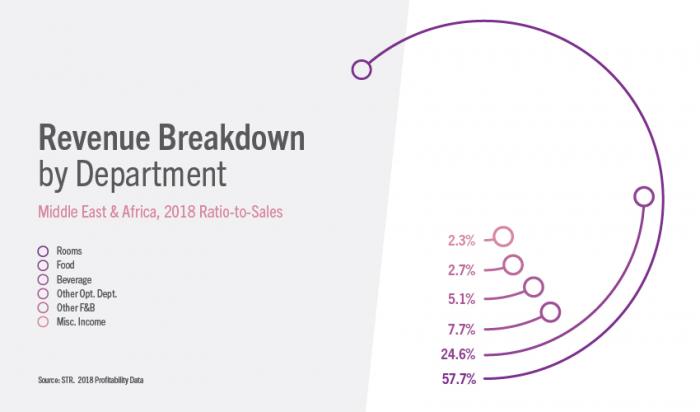For travelers across the globe, hotel food & beverage (F&B) offerings play a significant role in shaping an overall lodging experience and opinions of particular destinations. Today’s travelers increasingly expect more diverse and customized F&B options, and are often willing to pay top dollar for higher quality.
With that in mind, we wanted to take a look at hotel F&B data to identify trends and gain a sense of where this department is heading. However, data for this revenue generating department often reflects cultural differences, so global trends are not as telling as those that are more localized.
We know, regardless of region, as occupancy and average daily rate (ADR) increase and contribute to increased room revenue, in-house guest spending increases on minibars, in-room dining, F&B outlets and spas. We also know F&B is a labor intensive department, and payroll costs have a direct impact on profitability no matter where in the world a hotel is located.
So for this case study on 2018 profitability data, we decided to focus in on the F&B trends of a region that very much reflect cultural influence—the Middle East/Africa region.
